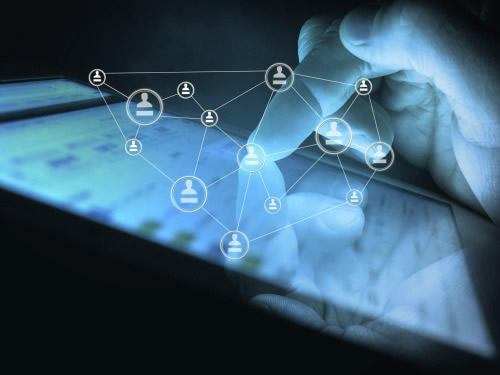In the Internet of Things (IoT), it’s all about the data. Connected devices are connected expressly for the purpose of gathering and sharing information about themselves, about the environment in which they’re used, and about the people who use them. In a connected lighting system, luminaires and other lighting system devices merge with IT networks to allow for the collection, distribution, and storage of large amounts of data.
Read on for 5 ways connected lighting uses data to deliver value beyond illumination.
Connected luminaires are designed to make information about themselves available in standard or published data formats. Such information might include dimming level, energy consumption, time on and off, and internal temperature measurements, which can have an important effect on the performance and longevity of LED light sources. Read more here.
1. Connected luminaires: data for operational insight
 |
Philips Lighitng looks into five ways that connected systems have to offer beyond lighitng. (All Photos Courtesy of Philips Lighting)
|
2. Connected spaces: data for optimizing environments
 |
Sensor networks include indoor positioning that provide detailed feedback of varied flows and human-space interaction.
|
Sensor networks are getting a lot of play in the technosphere these days, and for good reason. Miniaturization, high throughput, and cheap data storage now make it both possible and cost-effective to install sensors throughout public and professional spaces. Read more here
3. Connected people: data for personalized experiences
Just as connected lighting systems can serve as a platform for distributed sensor networks, they can also serve as a platform for distributed communications networks, especially indoors. Read more here.
4. Connected software: data for real-time monitoring and historical reporting
Connected lighting is all about two-way data communications. One of the biggest advantages that this bidirectional data flow supports is the ability to monitor, manage, and maintain lighting systems in real time. Read more here
5. Connected landscape: data for the new digital ecology
Connected lighting systems can integrate with other systems in a building or city, creating new synergies and efficiencies, and making lighting an integral part of the new digital ecology. In the Internet of Things, this is called the system of systems. Read more here.
















